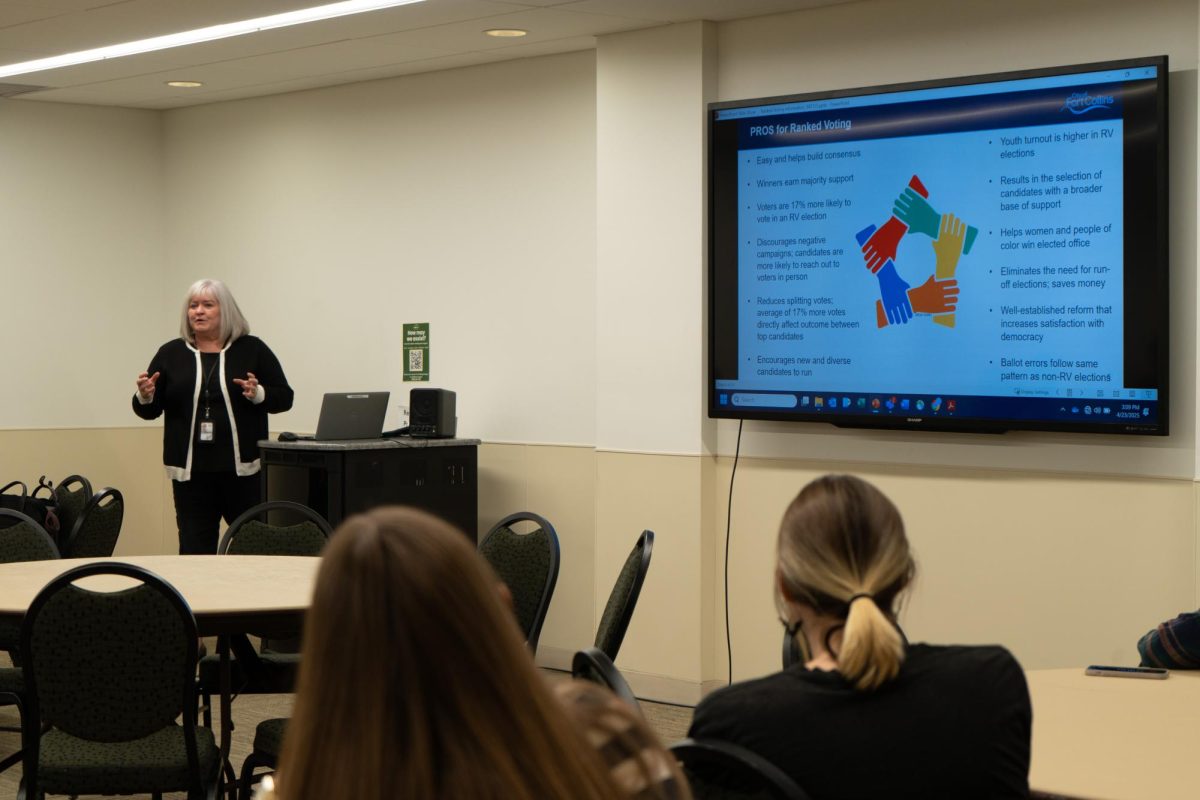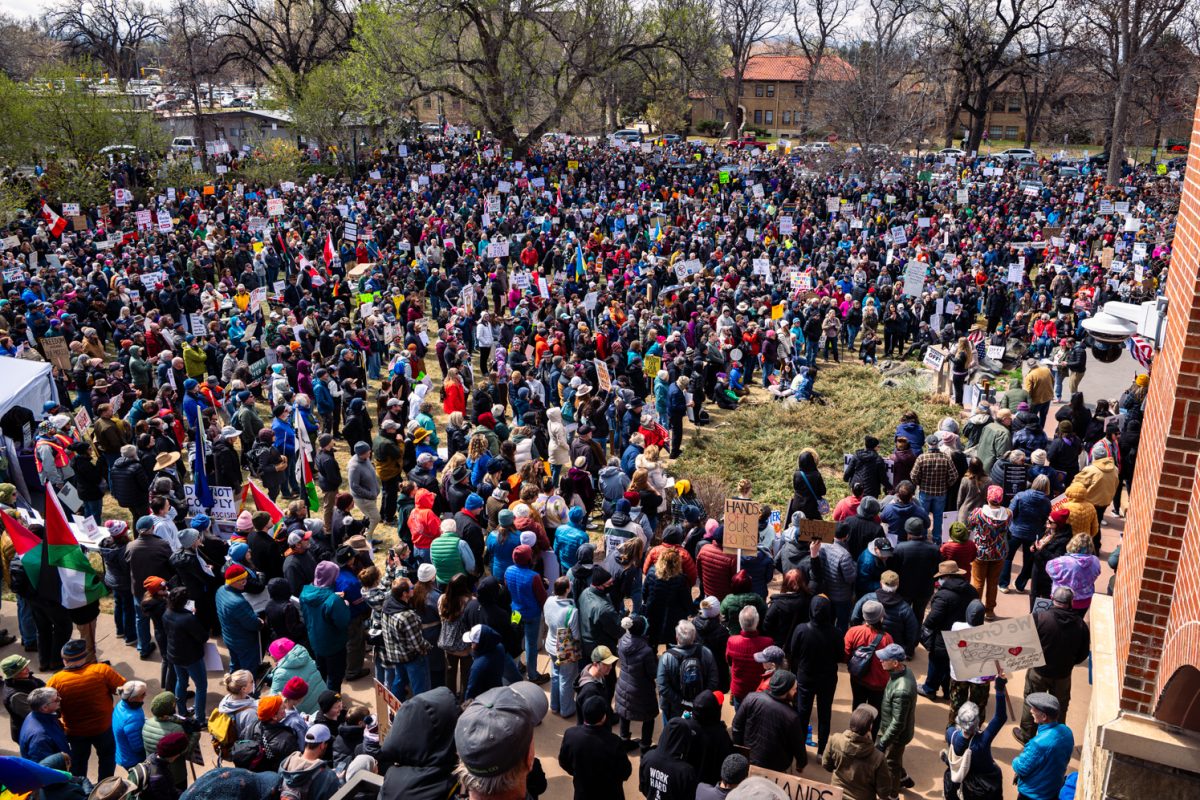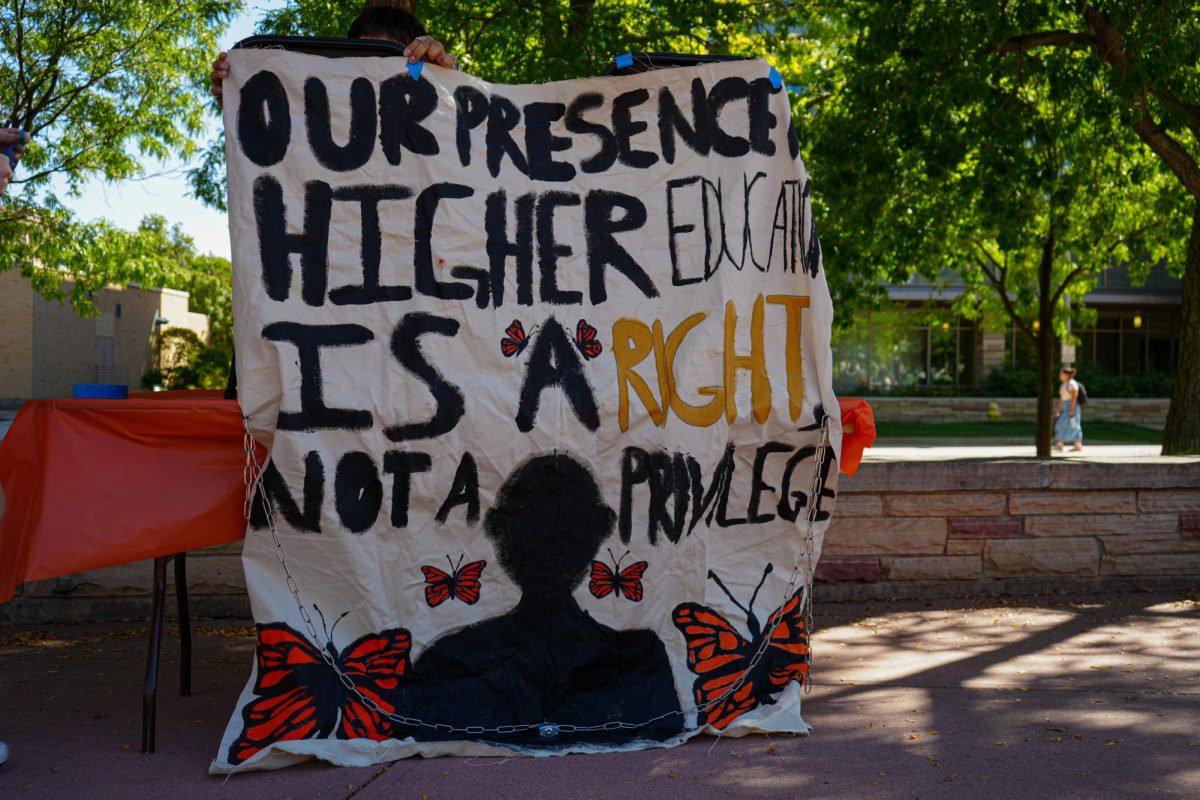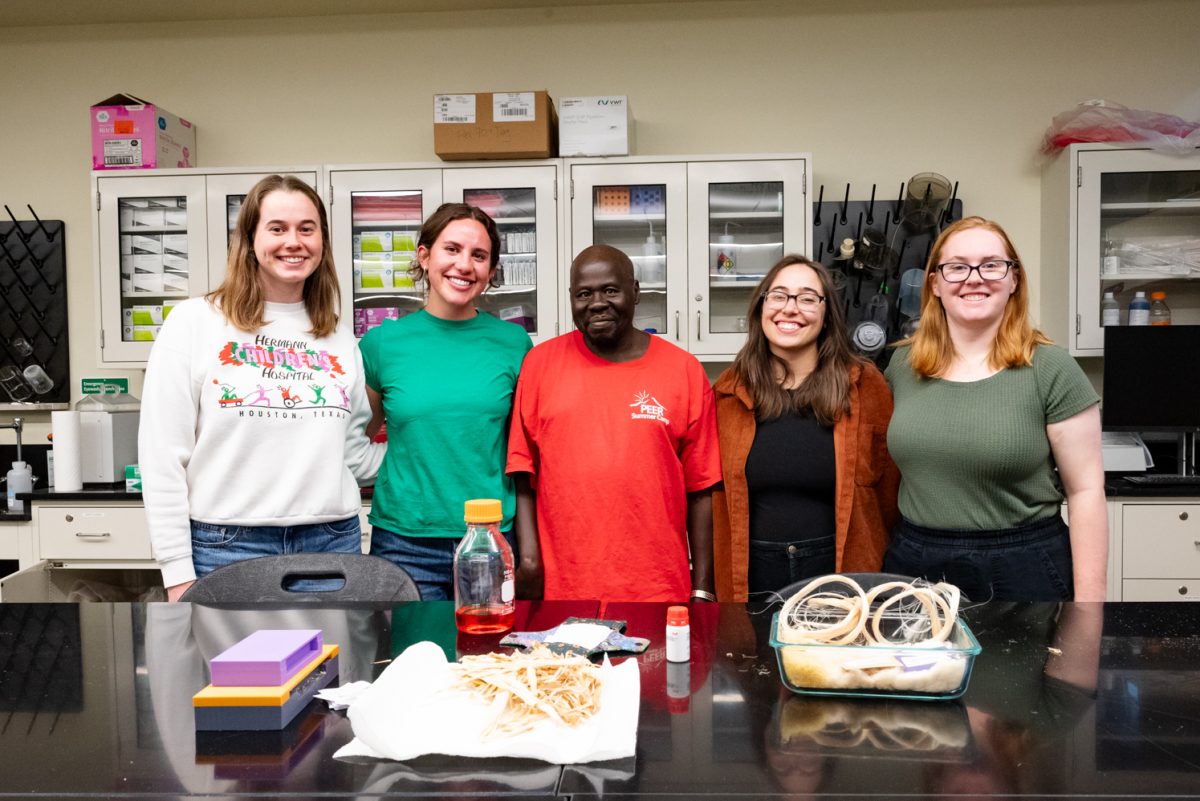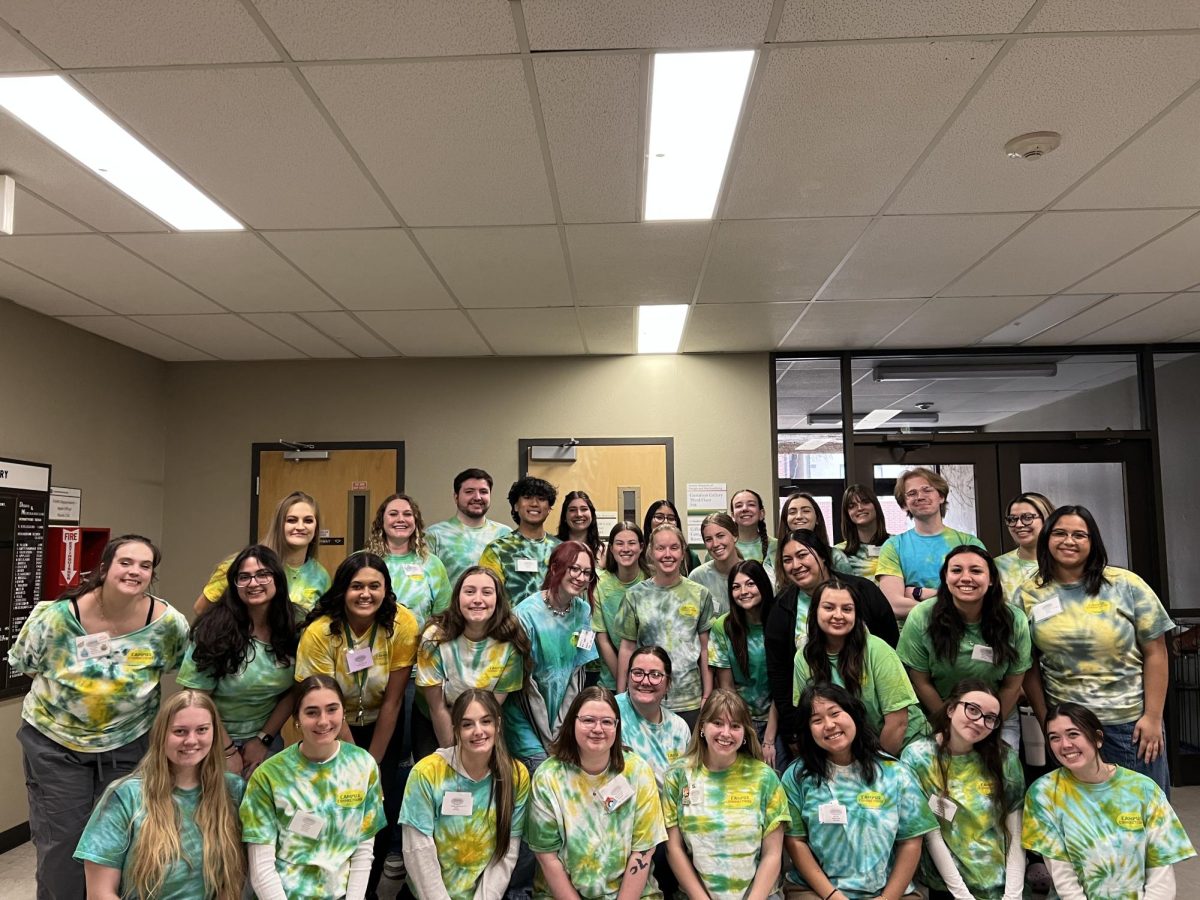An earthquake with a rating of 3.1 on the Richter scale was felt across Weld County around 10 a.m. on Sunday morning.
Later, at 7:44 p.m. Central Standard Time, a 5.0 earthquake hit the Midwest, centered in Cushing, Oklahoma, and felt in Little Rock, Arkansas and Kansas City, Missouri.
The Weld County earthquake had an epicenter in the middle of a farm field northwest of Kersey, about ten miles east of Greeley.
The field is between Colorado Road 58, Road 51, Road 53 and Interstate 63, and is less than half a mile away from two fracking locations, which have drills ranging from 6,600 feet to more than 7,000 feet in the ground.
A couple of earthquakes hit the same area in the middle of 2014, leading to a debate on the impact of the oil and gas industry on Northern Colorado. There are more than 100 oil and natural gas fracking sites, most with multiple drills, in Northern Colorado.
But, fracking is not the main cause of the increase of earthquakes in the mid-United States, where earthquakes rose from an average of 24 a year between 1973 to 2008 to a total of 688 earthquakes in 2014.
The oil and gas industry commonly injects wastewater from oil production and water for oil recovery into the ground, both of which have been linked to the increase in the number of earthquakes in Northern Colorado, especially in the Greeley region, in a study conducted by the University of Colorado, Boulder and the United States Geological Survey.
Oklahoma was found to be the state most associated with earthquakes linked to wastewater injection in the same study.
While the earthquakes are not directly caused by the process of fracking, they are believed by the USGS to be linked to the wastewater that results from fracking.
This practice has been big in Northern Colorado, especially in recent years.
Kersey, which for years was a simple farming town, has seen an economic boost in the past several years due to an influx of money from the oil and gas industry. In April 2014, the town’s administrator said that there were more than 750 oil drills in the surrounding area. There is also a 10,800 foot well in Northern Colorado that is used to inject wastewater into the ground in order to get rid of it. This well was believed to be the cause of the May 31, 2014 earthquake that was felt up to 40 miles away.
Following a series of more than 200 small earthquakes over 10 months, the bottom of the well was plugged up in late 2014, which led to a lack of any noticeable earthquakes over the next few months. Even after the well resumed operations after being shortened, there were still no earthquakes larger than a 1.0 on the Richter scale.
Despite the concerns about fracking and it’s related activities, Greeley approved a measure earlier this year that would allow fracking inside the city limits, angering many of its citizens. More than 300 people showed up to try to convince the council not to go through with the measure.
“The facts were on the side of (Extraction and Oil Gas),” said Mayor Tom Norton on the city’s decision to allow them to expand in to the city.
Fort Collins is unlikely to have any fracking within its city limits, despite a recent ruling by the Colorado Supreme Court that struck down a bill passed that would ban fracking within the city for five years.
While fracking was ruled constitutional in city boundaries, it does have to be at least 1,000 feet away from any schools and houses, which would be hard to find an area within Fort Collins that fits these conditions, said environmental engineering professor Ken Carlson in a Coloradoan article.
In a press release in response to the ruling, the City of Fort Collins declared that it had “no further obligation under the moratorium in light of the Court’s action, meaning no City Council or other action is required.”
Collegian reporter Stuart Smith can be reached at news@collegian.com or on Twitter @notstuartsmith.


